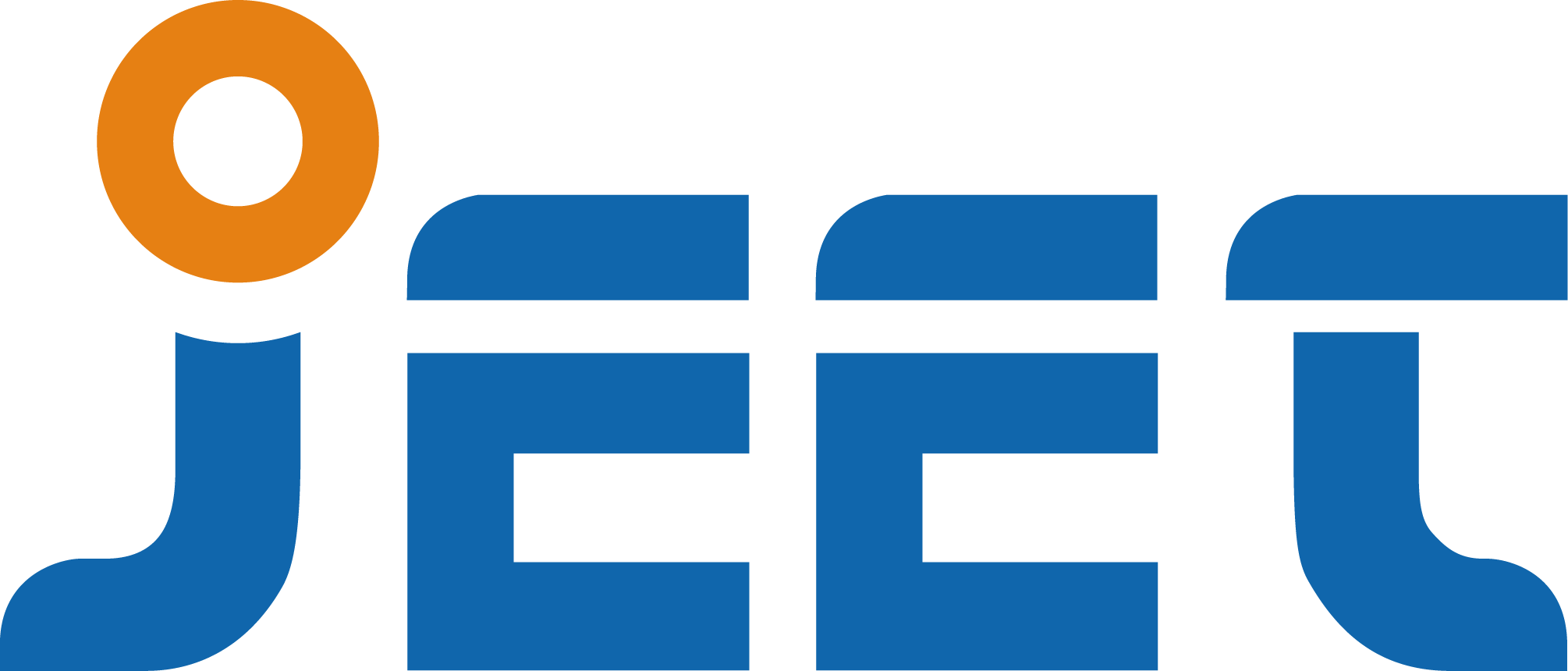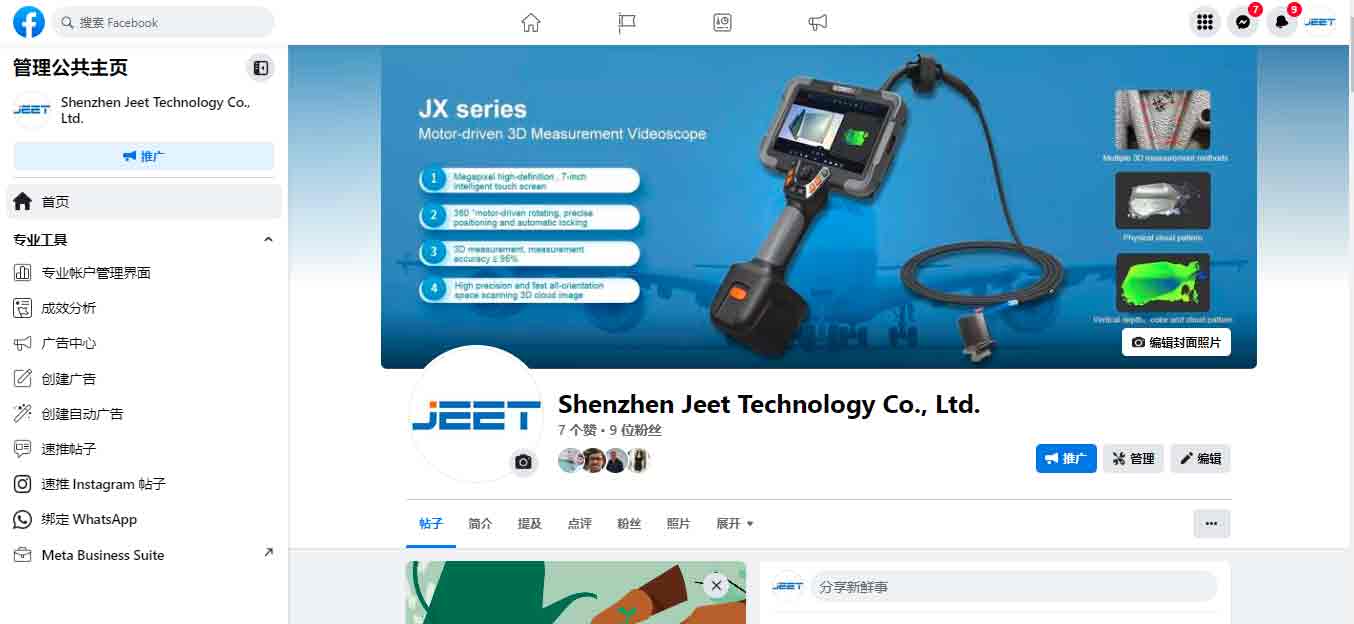Ultimate Guide to Using a Videoscope for Accurate Inspections
In the realm of industrial inspection, a videoscope serves as an essential tool for enhancing inspection accuracy across diverse applications, from aviation and automotive maintenance to pipeline and construction safety checks. This comprehensive guide explores how a videoscope can be utilized effectively for achieving precision in your inspections, ensuring efficiency, safety, and reliability.

What is a Videoscope?
A videoscope is an advanced inspection device equipped with a flexible probe, high-resolution camera, and light source, designed to capture real-time video and images from within confined or inaccessible areas. The device enables professionals to view intricate internal structures without the need for dismantling, making it ideal for sectors like aerospace, automotive, and industrial maintenance.
Key Benefits of Using a Videoscope
1.Enhanced Visual Access: With a videoscope, users gain high-quality visual access to areas that are otherwise hard to reach. This is particularly beneficial in fields like automotive and pipeline inspection, where full access is often restricted.
2.Precise Detection and Analysis: Equipped with advanced imaging technologies, such as 3D measurement and high-definition optics, videoscopes provide detailed, accurate visual data. This precision reduces the risk of oversight in identifying issues like corrosion, cracks, or blockages.
3.Cost and Time Efficiency: By minimizing the need for disassembly, videoscopes cut down on both inspection time and costs, making them a valuable investment for companies aiming to optimize operational efficiency.
4.Safety and Compliance: Videoscopes assist in adhering to industry standards, ensuring inspections meet safety and regulatory requirements. This is especially important in fields where safety risks are high.
Choosing the Right Videoscope
When selecting a videoscope, consider factors like probe diameter, camera resolution, lighting options, and whether additional features such as side-view capability or AI-assisted analysis are required. For specialized applications, such as automotive inspections, a small-diameter probe with flexible maneuvering capabilities is often ideal.
Best Practices for Videoscope Inspections
1.Preparation: Ensure the equipment is fully functional before starting the inspection. This includes checking the camera, light source, and probe flexibility.
2.Lighting Adjustments: Proper lighting is crucial for obtaining clear visuals. Adjust lighting levels according to the inspection environment to avoid glare or shadowing.
3.Regular Maintenance: Maintain your videoscope by cleaning and calibrating it periodically to ensure optimal performance and longevity.
A videoscope is indispensable for accurate inspections, providing a non-invasive way to monitor the health and integrity of equipment. By choosing the right device and following best practices, you can maximize your inspection accuracy and operational efficiency, making videoscopes a vital part of any professional inspection toolkit.
This ultimate guide helps you understand the importance of videoscopes and provides actionable insights on using them effectively, solidifying their role as a crucial instrument in modern inspection workflows.



